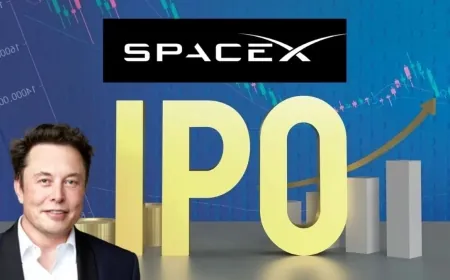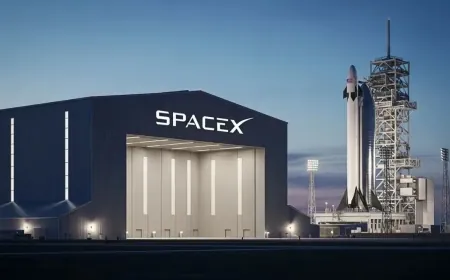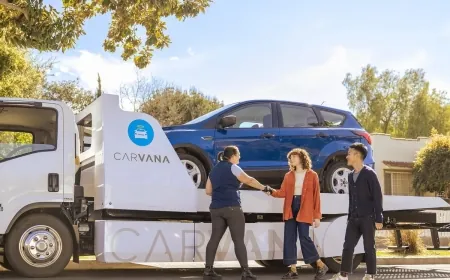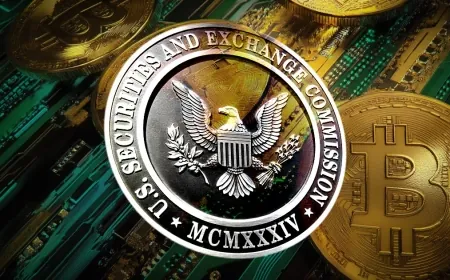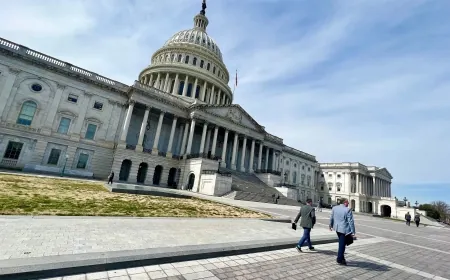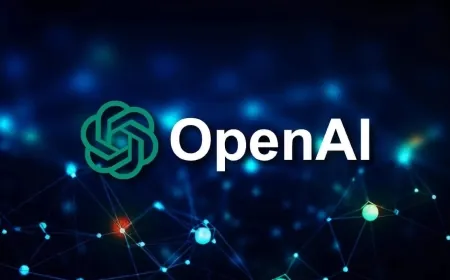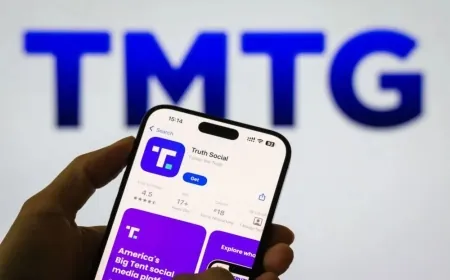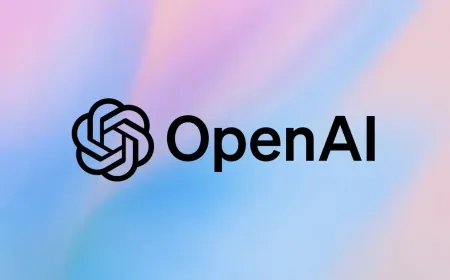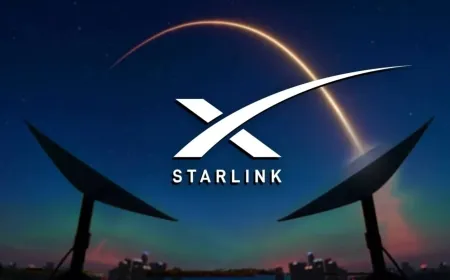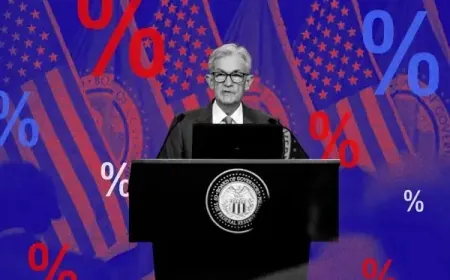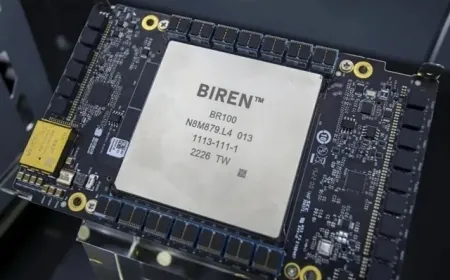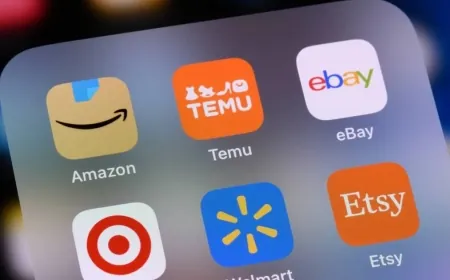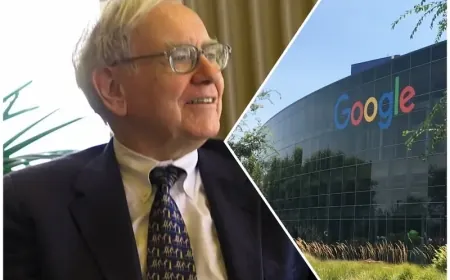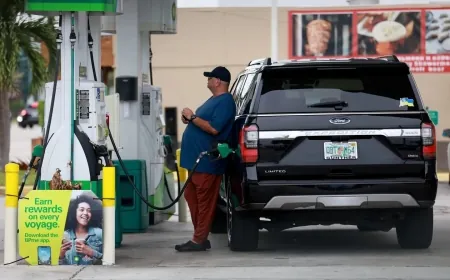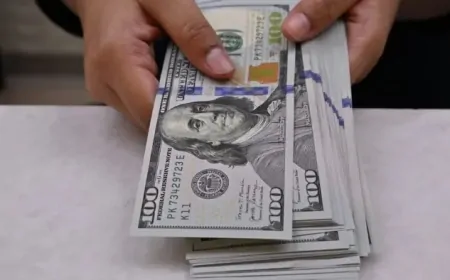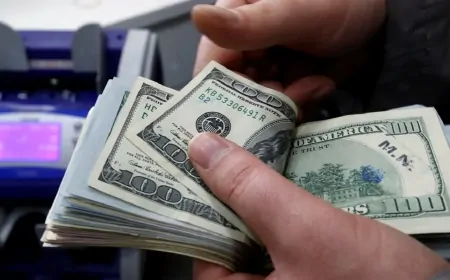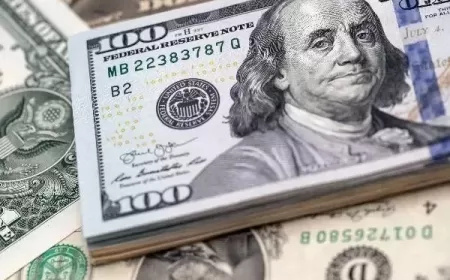Mastercard Launches Stablecoin Payout Option Through Thunes Integration
Mastercard now supports stablecoin payouts after teaming with Thunes, joining Visa in adding blockchain-based transfers to global payment systems.

SINGAPORE — Mastercard has started routing some international payments through stablecoins after linking its network with Singapore-based payments firm Thunes, a move that puts digital tokens directly into one of the world’s most widely used financial systems.
The company said transfers using USD Coin (USDC) — a cryptocurrency backed one-for-one by the U.S. dollar — can now reach approved digital wallets connected to Mastercard Move, its cross-border settlement platform.
Stablecoin Settlement Added to Mastercard Move
Thunes converts the sender’s local currency into USDC and transfers the tokens to a recipient’s wallet.
Unlike traditional bank transfers that clear through a chain of intermediaries, the blockchain-based transfer settles in near real time.
Mastercard said the system keeps all compliance checks in place — identity verification, sanctions screening, and anti–money-laundering reviews — before transactions are approved.
That means the new feature works inside existing financial rules, not around them.
Why Mastercard Picked Thunes
Thunes connects banks and wallet providers in more than 130 countries and already processes payments for major remittance and marketplace firms.
Its reach in Africa, Southeast Asia, and Latin America gives Mastercard access to millions of wallets that aren’t linked to banks but are licensed by regulators.
People in those regions often depend on wallet apps for income transfers or remittances.
The Thunes integration lets Mastercard move money directly into those channels without using crypto exchanges or unregulated intermediaries.
Visa Running a Similar Trial
A day before Mastercard’s launch, Visa began testing stablecoin payouts on its Visa Direct platform.
Both card networks are using blockchain as a settlement tool for the first time, rather than relying entirely on correspondent banking or SWIFT transfers.
Together they clear roughly $20 trillion in annual transactions.
Their adoption of USDC and other regulated tokens signals that stablecoins are shifting from crypto exchanges into mainstream payment infrastructure.
Faster Payments for Global Platforms
The feature is designed for companies that move money to contractors or sellers in multiple countries — gig-work apps, e-commerce firms, and creative platforms among them.
A worker in Manila or a vendor in Nairobi could now receive USDC within minutes instead of waiting several days for a wire transfer to clear.
Transfers also avoid the stacked fees charged by intermediary banks.
Wallet providers working with Thunes can convert the stablecoins into local currency for users who prefer cash-out options.
Tightly Controlled Rollout
Mastercard said the service will expand gradually during 2026.
New wallet corridors will only go live after approval from regulators in each country and proof that stablecoin reserves are fully audited.
Thunes said testing is already under way for routes in Kenya, Nigeria, Brazil, and Mexico, markets where it already processes high remittance volumes.
The companies expect the first of those transfers to go live in early 2026.
Pressure on Traditional Payment Networks
By using blockchain as a settlement layer, Visa and Mastercard are cutting out parts of the clearing process that keep cross-border payments slow and expensive.
Banks that depend on SWIFT may face pressure to match that speed.
Stablecoin issuers, meanwhile, gain a route into regulated finance without the volatility of open crypto markets.
Both companies said future updates will depend on regulatory approval and market demand, not on unverified expansion timelines.
Also Read: Sam Altman's World Network in Talks with Visa for Stablecoin Wallet Integration





